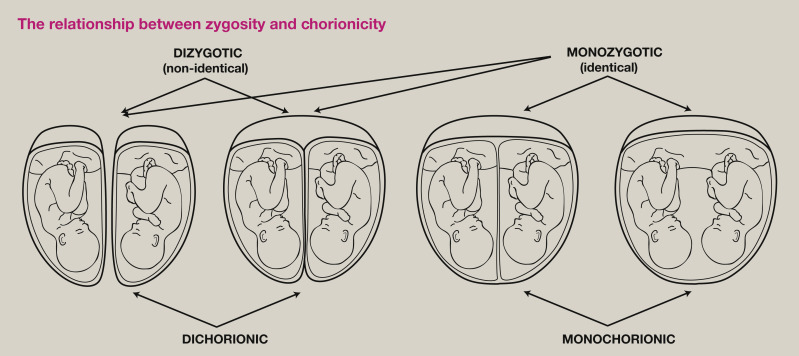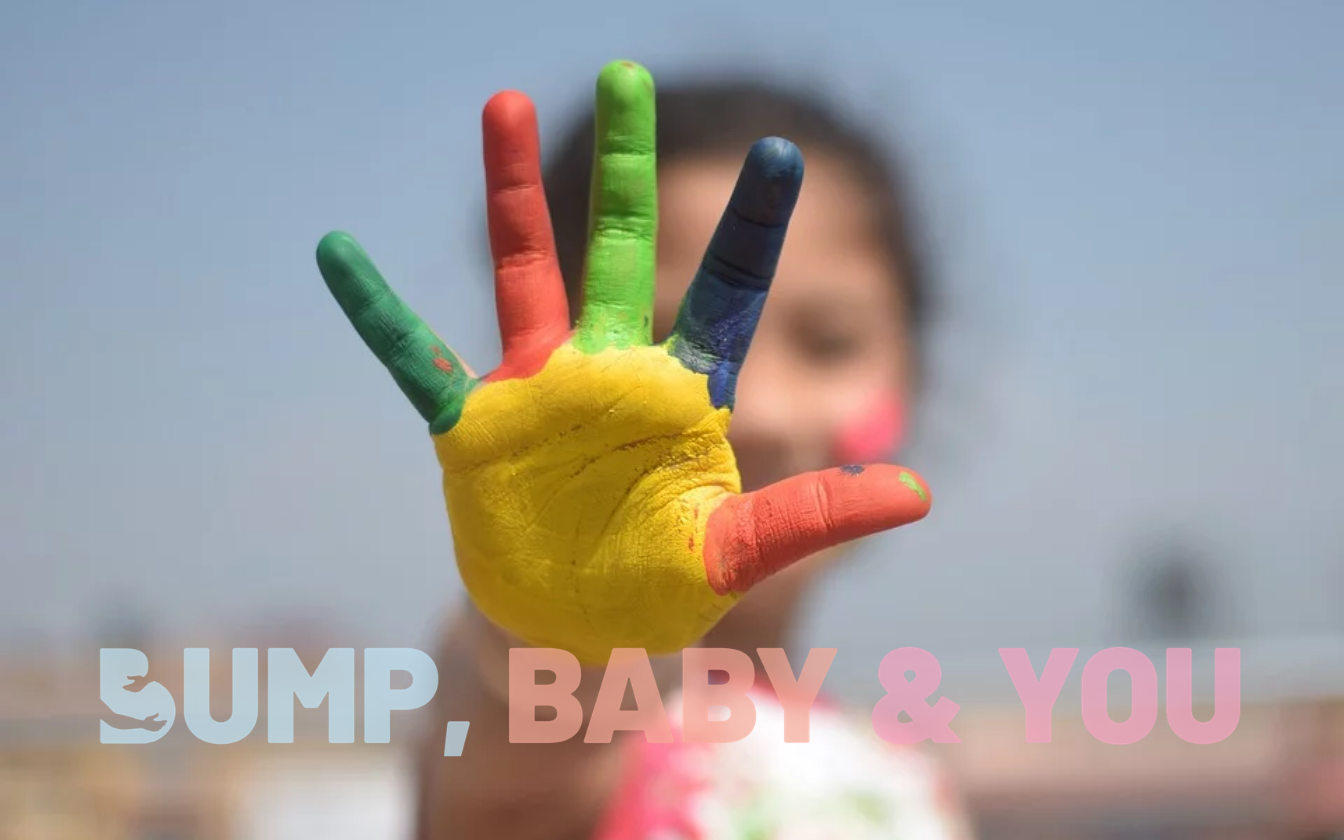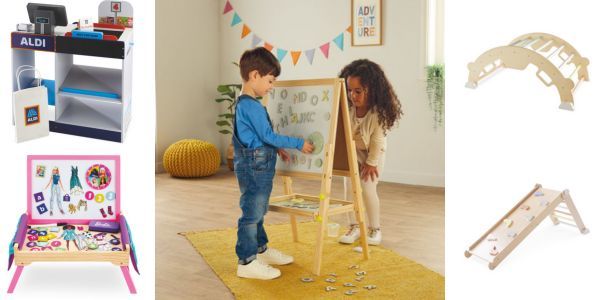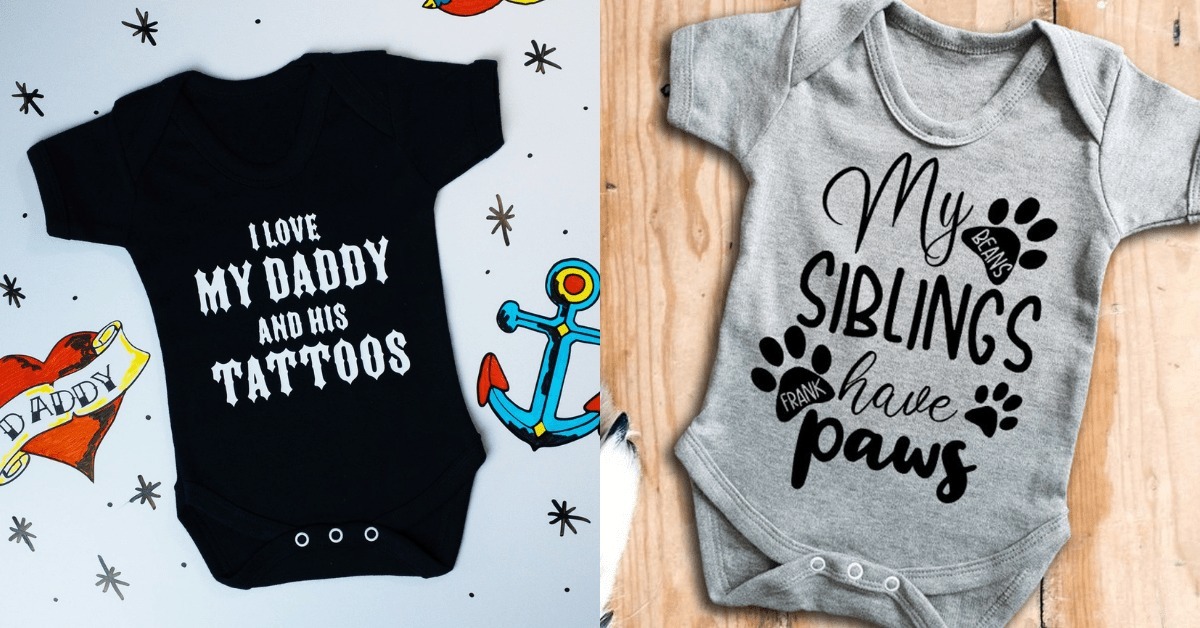

When you think of twins, it’s more than likely that you’re thinking of the two best known types; identical and non identical (also known as fraternal), right?
Techincally, you’re correct. Twins are split into two main types, identical and fraternal. Fraternal twins occur when two eggs are released and fertilised, and identical twins occur when one fertilised egg splits into two during cell division. Interestingly though, identical twins can come in various forms, which we’ll be taking a look at here!
The different types of identical twins
- Dichorionic/Diamniotic: each twin has his/her own placenta, chorion and amniotic sac
- Monochorionic/Diamniotic: twins share placenta and chorionic sac but have their own amniotic sac
- Monoamniotic/Monochorionic: twins share placenta, chorionic and amniotic sac
Keyword bank:
- Chorion/chorionic sac: The outermost membrane around baby/babies.
- Amniotic sac: The innermost membrane around baby/babies.
- Placenta: The source of nourishment for baby/babies; the umbilical cord is attached to this. Occasionally, two or more cords may be attached to one single placenta in multiple pregnancies.

Image credit to: Obstetrics, Gynaecology & Reproductive Medicine
Dichorionic/Diamniotic twins
As well as some identical twins, all fraternal twins are this kind; sometimes abbreviated to DCDA. One third of identical twins are DCDA. This can make it hard for scans to determine if your twins are identical or not, usually genetic testing is the only way to confirm conclusively unless your twins are visibly different in appearance – there have been cases of assumed identicals actually being fraternal twins who look very similar!
Monochorionic/Diamniotic twins
Two thirds of identical twins are this kind; also abbreviated as MCDA. They share a placenta and chorionic sac, but have their own amniotic sac.
This type of identical twin pregnancy is considered riskier than DCDA twins, and carries the highest risk of TTTS (Twin To Twin Transfusion Syndrome). You’ll receive regular scans and monitoring to keep a close eye on you and your babies.
Monoamniotic/Monochorionic twins
Also abbreviated to MCMA, only 1% of identical twins are this type. This rare form of twinning comes with unique risks, and if you’re expecting MCMA twins, you will be given frequent scans and monitoring due to there being increased risks of cord entanglement. There are some increased risks of TTTS, but not as high as the MCDA type. The NHS aims to deliver this type of twins between 32 and 34 weeks to be on the safe side.
10-15% of Monochorionic twins (MCMA and MCDA) are affected by TTTS so close monitoring is vital to ensure this is detected early enough. In some cases, a special procedure is offered to stop this progressing.
Luckily, NHS specialists are very knowledgeable about higher risks forms of twinning and you will be looked after carefully. You’ll be in the best hands!
See more NHS advice on twin pregnancies here.
When are twins usually delivered?
Being pregnant with more than one baby can increase your risks of certain conditions such as;
- Preeclampsia
- Anaemia
- Gestational Diabetes
This is because more babies means more strain on your body, quite simply, so these conditions are more likely to develop. To help mitigate these risks and ensure happy, healthy mummy & babies, the NHS likes to deliver twins at the safest gestation possible for both the mother and her babies. According to the NHS, twins and triplets have a higher risk of being premature and of a low birth weight, which can lead to further health complications – your consultant and their team will keep you informed and reassured and do everything to make sure these problems are prepared for.
If you don’t go into labour naturally or have an elective caesarean booked, induction may be offered depending on your specific case. MCMA twins, as we previously mentioned, are usually delivered between 32 and 34 weeks – you’ll need to discuss this with your consultant though.
We’d love to hear your twin stories. If you’d like to share them with our followers, email [email protected]!
Love from Katie & Team BBY! Xx


.png)







